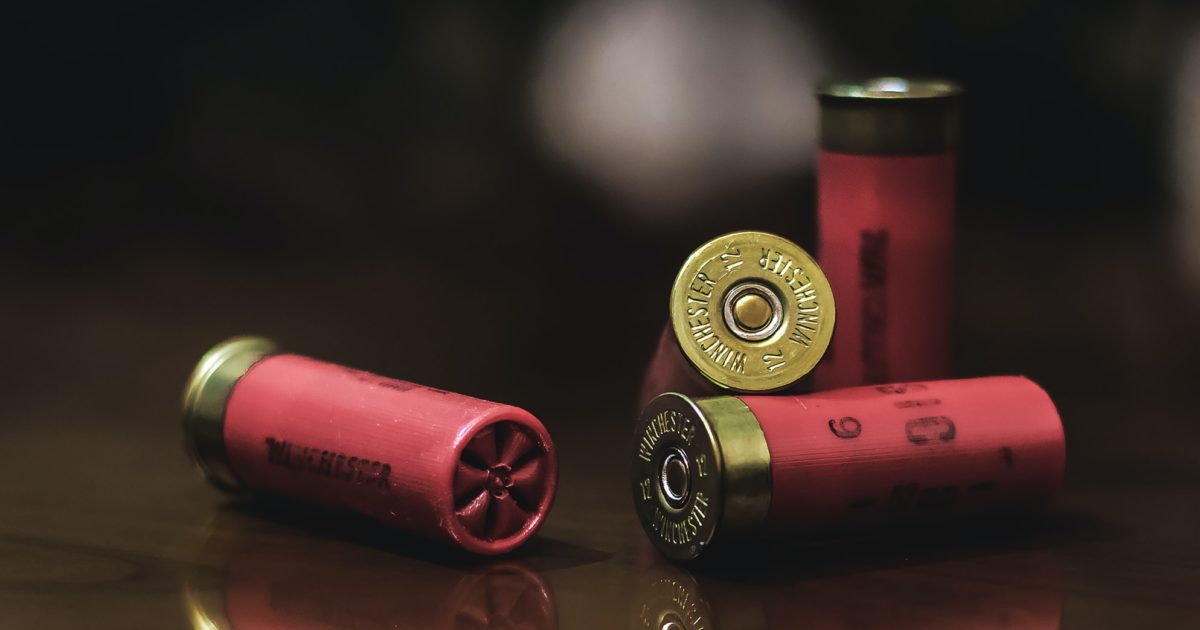One thing’s for certain: the world is not getting any safer. Everywhere you look it seems like new threats are popping up.
And if you are someone who is interested in exercising their Second Amendment rights, you need to have an emergency plan in place in case you ever find yourself face to face with a threat.
Tip #1 – Choose the right kind of weapon:
Since we are talking about home defense, pistols and shotguns are widely considered the best for people of all skill levels. Rifles — such as those used for deer hunting — are not ideal because of limited capability to reload and fire a succession of rounds that could be needed to stop a threat.
Pick a gun that you can easily hold and handle. Accuracy is more important than size. Some people may prefer a Glock 19, while others find a Springfield XD easier to hold. Your comfort matters, because if it’s not comfortable in your hand it will be harder to shoot.
When it comes to shotguns, you will have to choose whether a 12-gauge or 20-gauge suits you better. The prior is considered more powerful, with the latter having less recoil. Both, when used properly, are effective. A good rule is to go with the lowest common denominator: What’s the most gun the weakest or least experienced shooter in your home can handle and still be accurate?
Tip #2 – Choose the right caliber/ammunition:
If you go with a shotgun, be sure to buy “buck shot” or slugs for home defense because “bird shot” — the kind used for bird hunting — is comprised of pellets that are not good at stopping threats.
There is a lot more variety among pistols. The most popular for home defense are .380, 9mm, .38, .357, .40, and .45 caliber ammunition. There is a never-ending debate over the advantage each poses but a good rule-of-thumb is this: the larger the caliber, the bigger the wound but the more powerful the recoil. The FBI has used .38, .40, and now uses 9mm as its standard-issue weapon.
While something like a .380 is easier to handle and conceal, it will take many more shots to stop a threat than a 9mm. However, once again, the best thing is to go to the range (some will let you “rent” a gun for an hour or a visit) and see what the best fit is for you.
And when in doubt: choose comfort over “kaboom.” In other words, if you’re more comfortable and accurate with a .380 instead of a 9mm, it’s usually better to go with the .380 and have to fire more shots than a gun you’re uncomfortable with.
Tip #3 – Practice practice practice:
The actual weapon is only one tool in defending yourself. If you don’t know how to use it, and if you haven’t practiced different scenarios, it’s useless.
This is a very helpful article on the five steps to practice: evade, arm, barricade, contact, counter.
Most importantly, though, are learning the four golden rules of gun ownership. You MUST master these:
- Always treat your weapon as if it were loaded
- Never put your finger on the trigger unless you’re ready to fire
- Never point your gun at anything you are not willing to shoot
- Be sure of your target and what’s behind it
In other words, be careful where you point your gun, be careful when you put your finger on the trigger, and be careful when you decided to pull that trigger.
These may sound like common-sense but it really is a matter of being aware of your surroundings. You would be surprised how often accidents happen.
Tip #4 – Keep it safe
Consider the best way to keep your firearm secure and away from the reach of children. Biometric safes are the latest and greatest in achieving an ideal level of safety while also providing quick access for emergency use. However, you do not want the safe to be overly complicated to open. Remember, if you need to arm yourself, it’s going to be a high-stress situation.
Here are some helpful reviews.
Tip #5 – Listen to Dana on de-escalation and home defense planning:
In the end, you should avoid using your weapon as much as possible. De-escalation is an important tool during conflict. Your firearm is a tool of last resort.
“If you do not have [a plan], this is the time to get it.”

